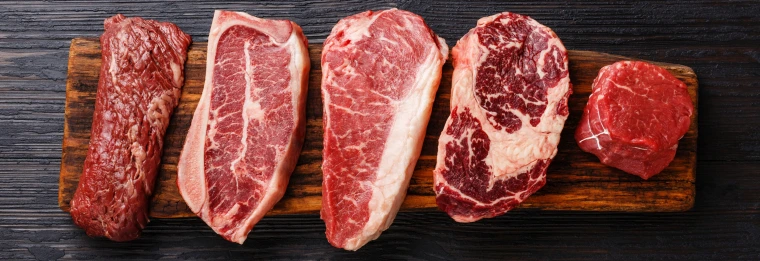Ranch sustainability requires land care that works for the long haul and management that makes a profit more years than not. Jim Rickert, owner of the Prather Ranch in northern California, makes the case that a ranch must take care of people and animals, too, in order to last, and these goals are synergistic, not mutually exclusive. This two-part interview with Jim chronicles his circuitous path from a masters degree doing linear programming models of farm financial alternatives under Earl Butz, economist at Purdue, later US Secretary of Agriculture under Presidents Nixon and Ford, to running a fully integrated beef operation, with a closed cow herd, a ranch feedlot, and a gold-standard abattoir. Perhaps most unique, Prather Ranch has "an international reputation as a supplier of high quality bovine hides, bones, tissues, organs and other bovine xenograft materials for the medical device, pharmaceutical and biological industries." If you missed part one of this interview, see episode 72.

Learn more about the Prather Ranch at www.pratherranch.com/.
Learn more about their meat marketing at www.prathermeats.com/.
Information about the bovine parts used for medical purposes is at www.closedherd.com/.

